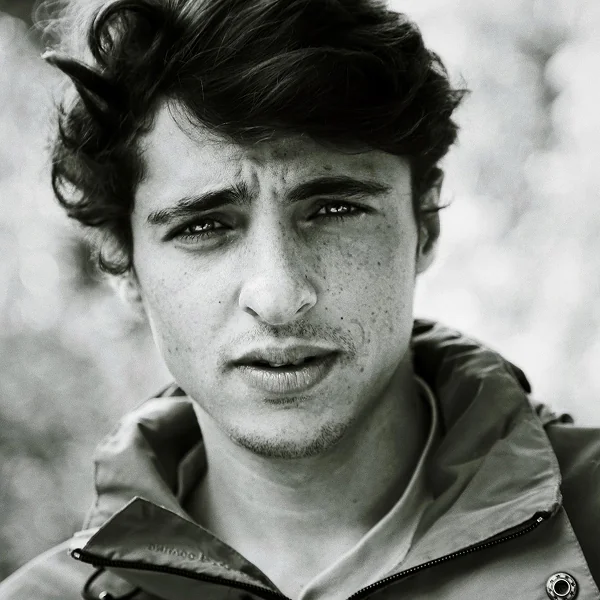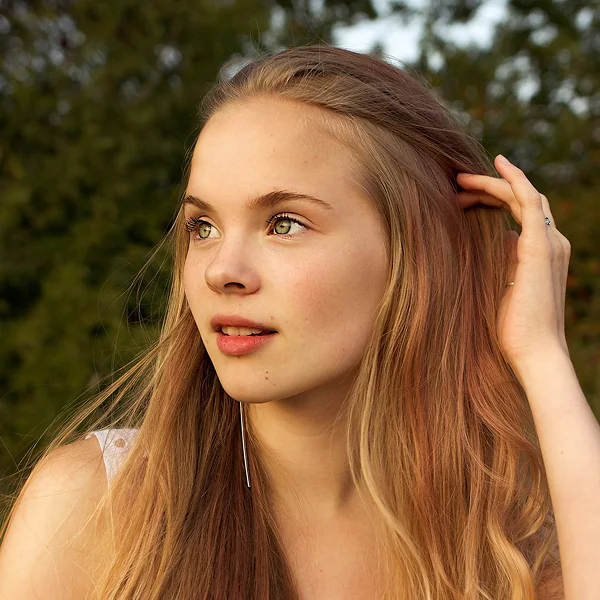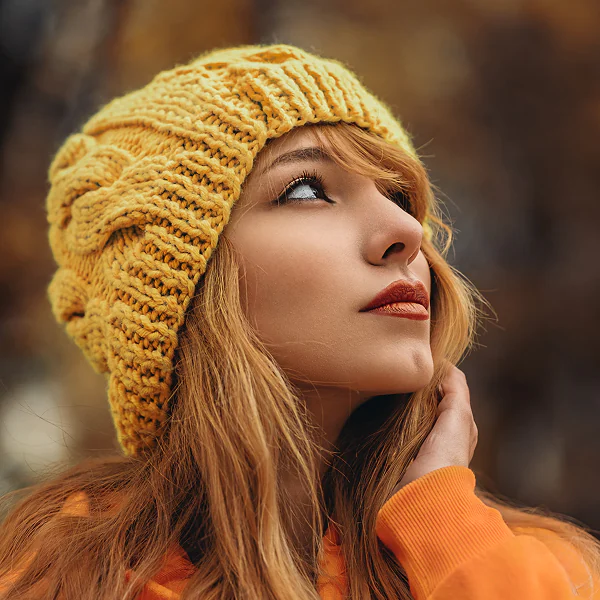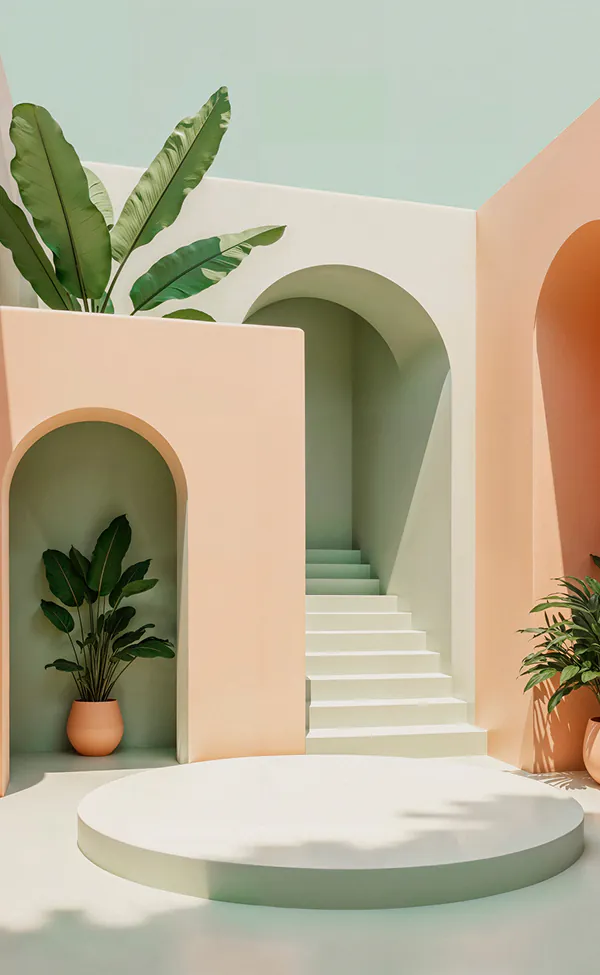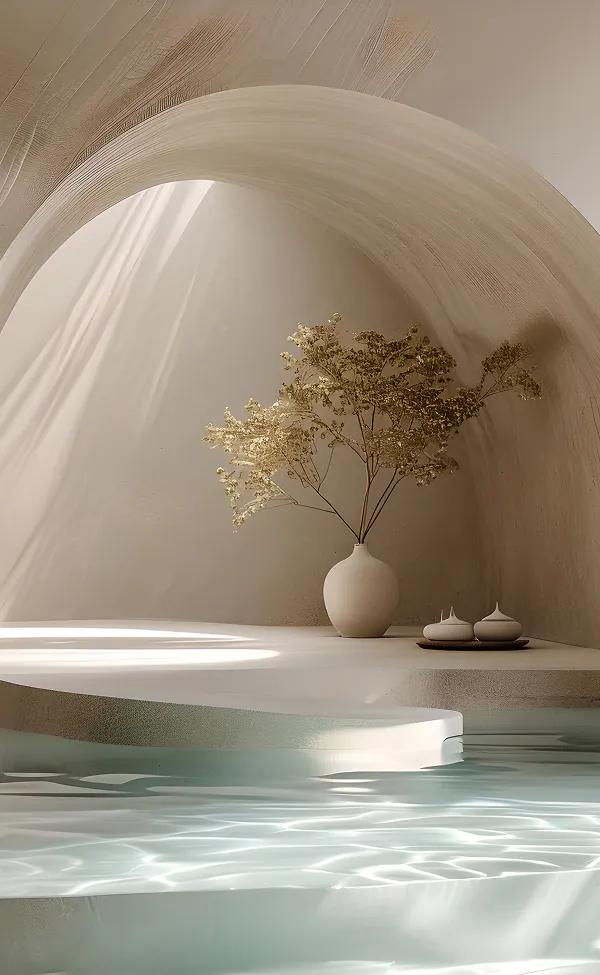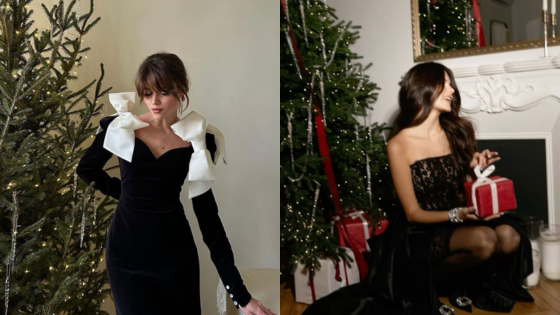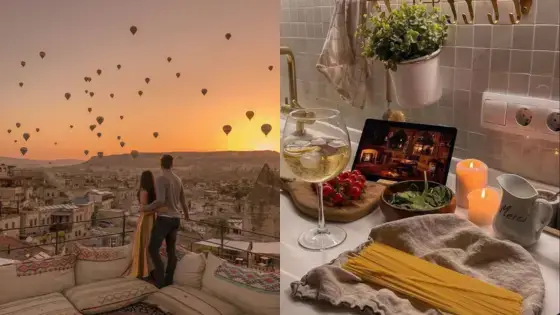Street photography offers a fascinating glimpse into the heart of city life, showcasing its vibrancy and the myriad of stories it holds. You have the opportunity to capture fleeting moments that reveal the essence of urban culture and the people who inhabit it. These candid moments can inspire you to appreciate the beauty of everyday life through your lens.
Engaging with your surroundings can lead to unique photographic opportunities that reflect authentic experiences. By harnessing your creativity and observation skills, you can explore innovative ways to portray the spirit of the city. This article will provide useful ideas to help you document these inspiring aspects of urban living.
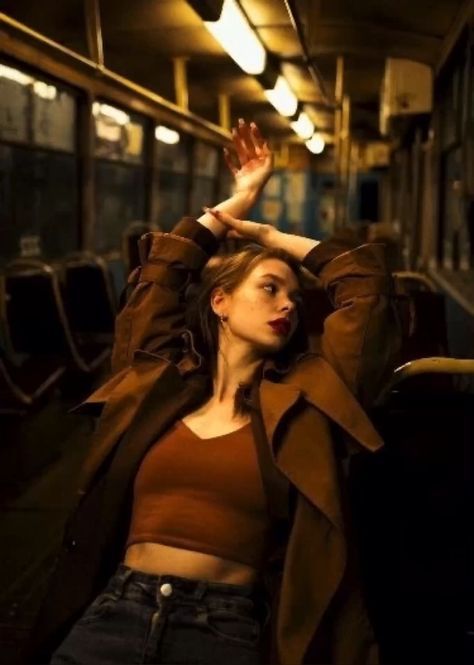
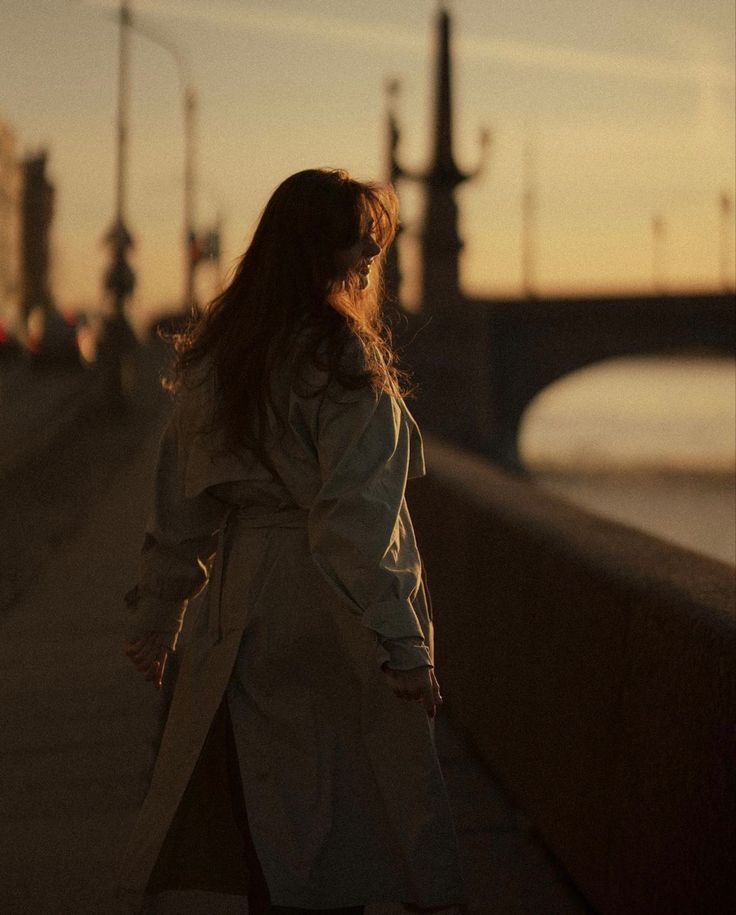
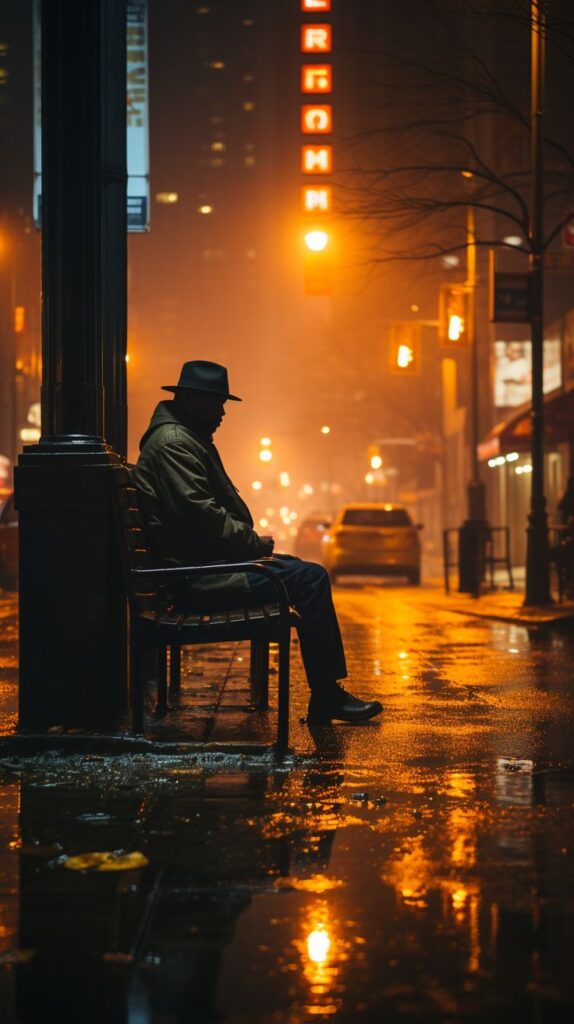
1) The Glowing Alleyways: Night Scenes
Exploring city alleyways at night offers unique photographic opportunities. The interplay of artificial light and shadows adds character to urban landscapes. Look for neon signs, street lamps, and illuminated windows.
Your angle of approach can transform a simple alley into a captivating image. Low angles can emphasize height and create depth. Experiment with different perspectives to find what resonates.
Capturing movement, like passing pedestrians or vehicles, adds vibrancy to your photos. Use longer exposures to create light trails, enhancing the dynamic feel of the scene. This technique can reveal the rhythm of city life.
Consider the mood you wish to convey. Dark alleyways can evoke mystery, while warm lighting can create a welcoming atmosphere. Pay attention to the colors present; they can set the tone for your composition.
Don’t shy away from post-processing. Adjusting contrast and saturation can bring out hidden details. Your editing choices can further highlight the allure of the scene, making images pop.
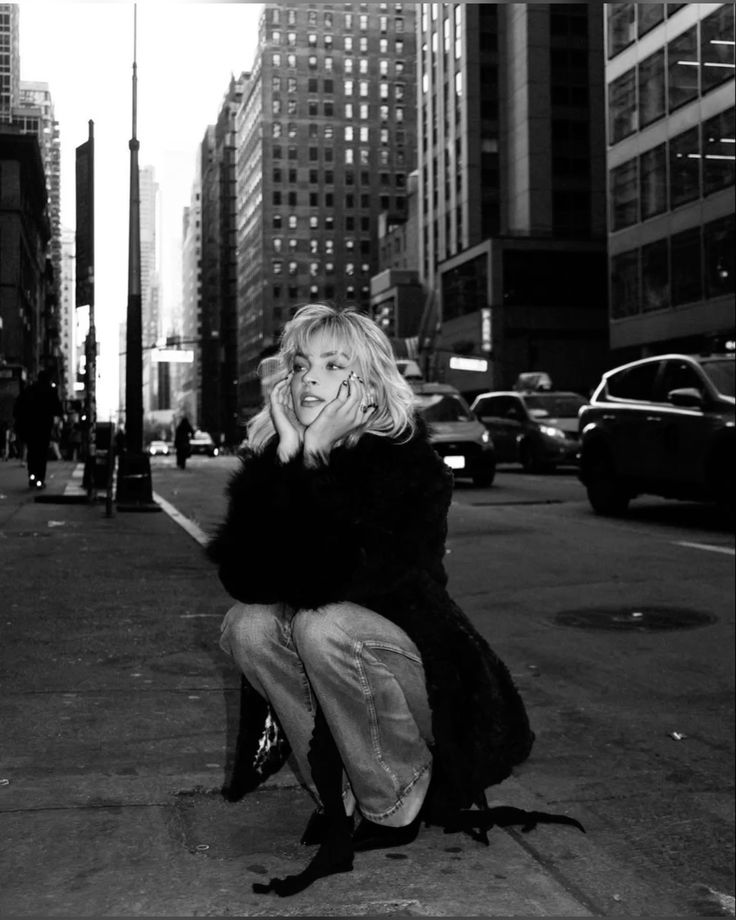
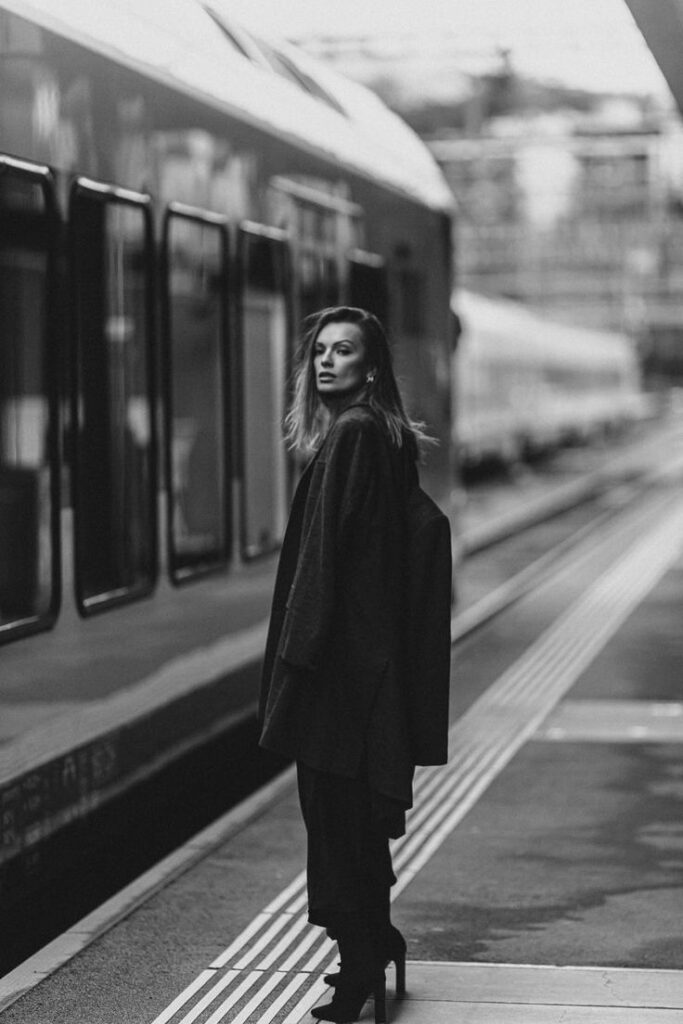
2) Silent Reflections in Puddles
Puddles offer a unique opportunity for capturing reflections of urban life. After a rain shower, you can find still water that mirrors the world around it. This creates a double image that adds depth to your photographs.
Look for puddles near busy streets or in quiet corners of the city. You will often find interesting subjects reflected in them, such as people, buildings, and trees. The contrasting elements can create striking compositions.
Use low angles to shoot through the puddle. This perspective emphasizes the reflection and adds an artistic element to your work. The symmetry of a puddle can enhance the visual impact.
Consider timing as well. Early mornings or late afternoons provide soft light that enhances colors and details. This light can create dramatic effects in your images, transforming simple reflections into captivating scenes.
Experiment with focus and depth of field. Blurring the background while keeping the puddle sharp can draw attention to the reflections. Each shot will offer a new story about your surroundings.
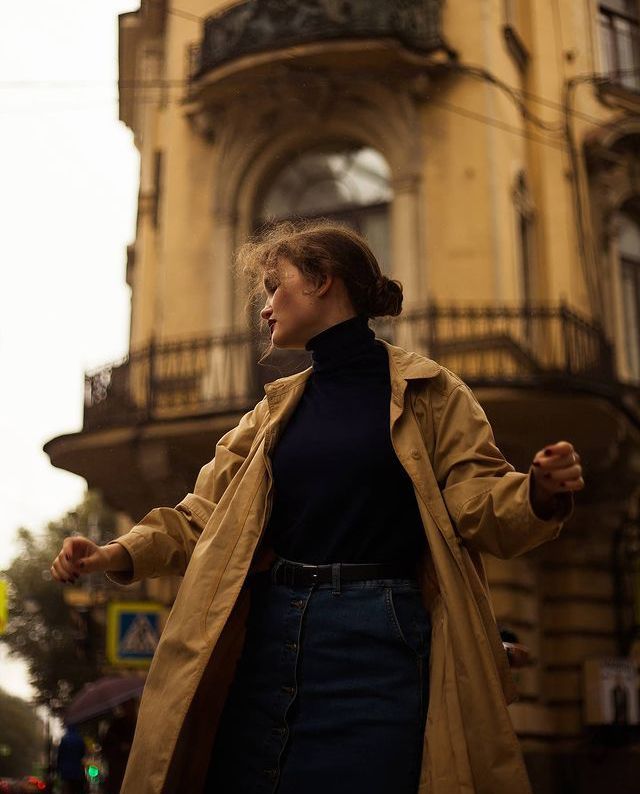
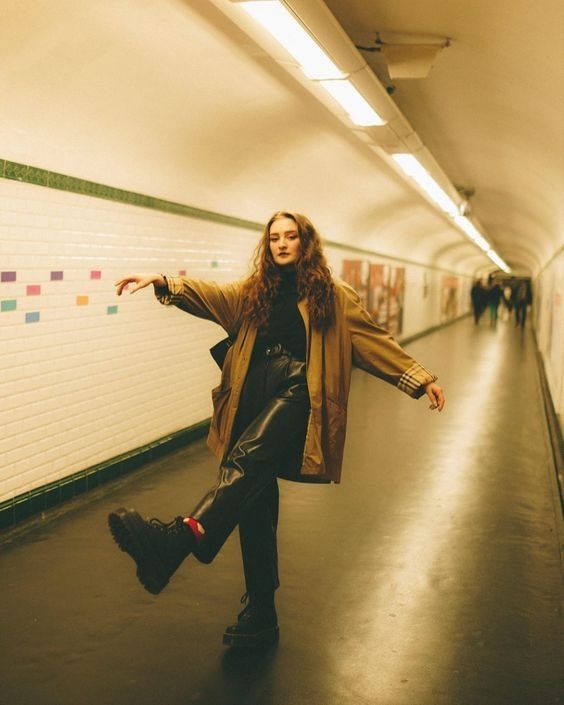
3) Commuter Faces: Rush Hour Stories
Capturing commuter faces during rush hour reveals compelling narratives of urban life. Each person you photograph carries a unique story, emotions, and experiences.
Focus on expressions that convey the hustle and bustle of the city. Look for moments of stress, determination, or even fleeting joy that transform mundane routines into visual tales.
Position yourself at key transit points like train stations or busy street corners. These locations create opportunities to capture a variety of individuals, from hurried professionals to relaxed students.
Pay attention to the details. Small actions, such as checking the time or scrolling through a phone, can add depth to your images.
Experiment with different angles and perspectives. A low-angle shot can emphasize the scale of the crowd, while shots from above may highlight individual moments among the chaos.
Light plays a crucial role. The golden hour can soften the harshness of urban elements and add warmth to your photographs. Consider how shadows and reflections contribute to your composition.
Ultimately, your goal is to portray the raw essence of the city during rush hour. Each frame should tell a story, inviting viewers to connect with the captured moments.
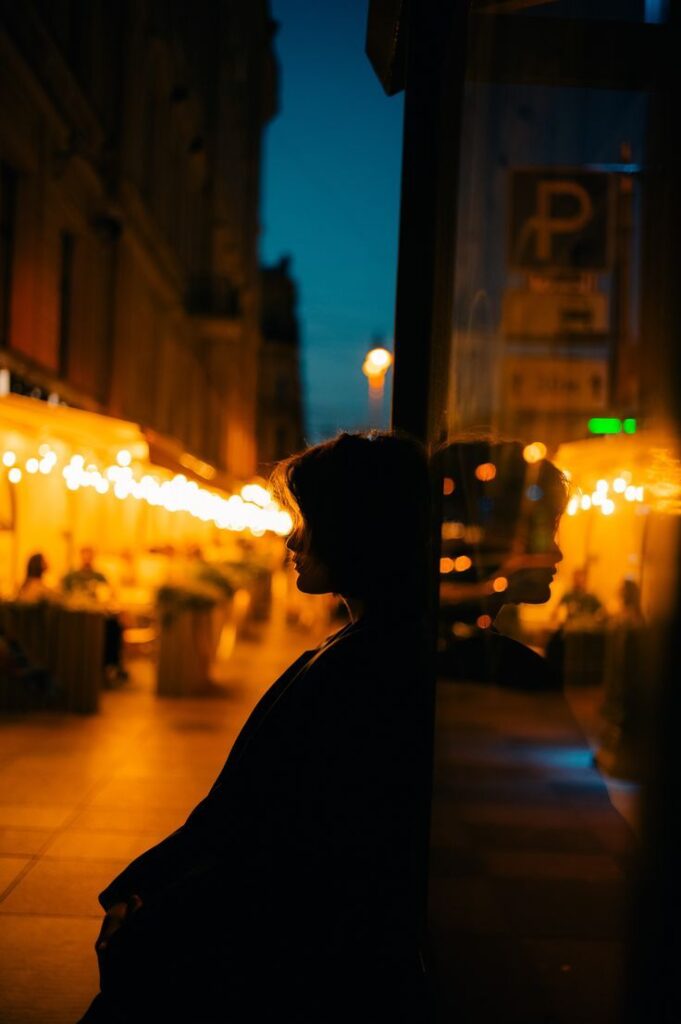
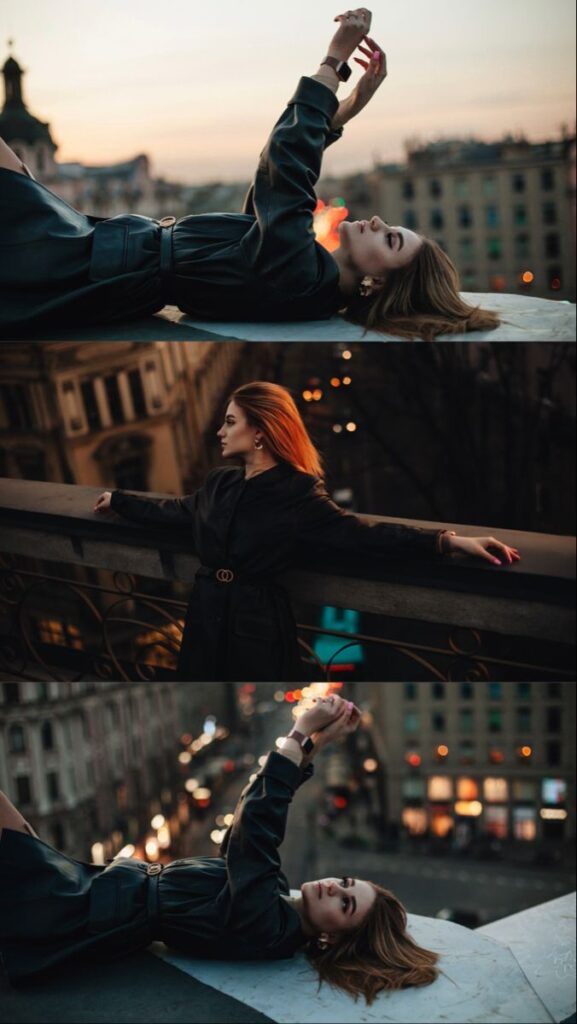
4) Graffiti Tales: Art on Walls
Graffiti offers a unique glimpse into urban culture. Walls become canvases for artists expressing their thoughts, emotions, and experiences. Each piece tells a story, reflecting social issues or personal journeys.
As you explore city streets, look for vibrant murals and intricate tags. Consider the environment surrounding the artwork, as it often enhances the narrative. Pay attention to the contrast between the art and the location, capturing a dialogue between the two.
Photographing graffiti allows you to highlight community identity. Focus on the details, such as textures and colors, to convey the energy of the city. Seek out hidden gems in alleyways or under bridges that reveal a different side of urban life.
The transient nature of graffiti adds to its allure. Many pieces are painted over or erased, making your captures unique snapshots in time. Embrace the unpredictability that comes with street photography and let the art guide your lens.
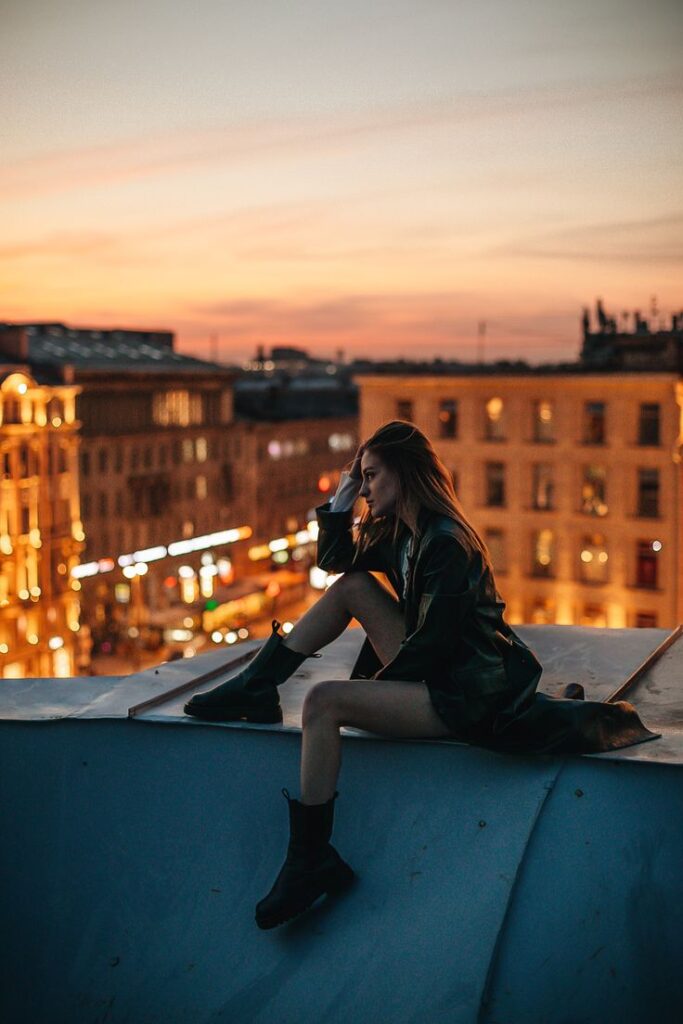
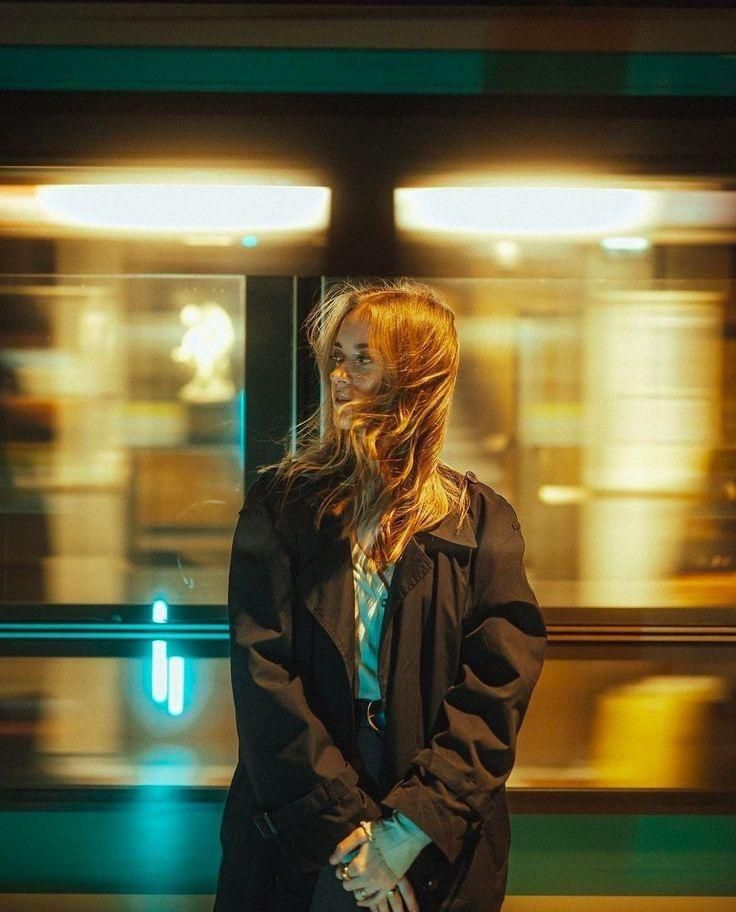
5) ‘Contrasts: Old Meets New Architecture’
Capturing the contrast between old and new architecture can create compelling images. You can showcase the unique stories each structure tells.
Look for locations where modern buildings stand alongside historic ones. A glass skyscraper next to a brick warehouse creates visual tension and interest. This juxtaposition highlights changes in design and urban development.
Pay attention to lighting and shadows. Early morning or late afternoon can provide dramatic contrasts that enhance your photographs. The way light interacts with different materials will add depth to your shots.
Consider framing your subject carefully. Position yourself to highlight both architectural styles in one frame. This approach emphasizes the coexistence of different eras in your city.
Experiment with angles. Shooting from below can emphasize the height of modern buildings, while higher vantage points can showcase older structures’ details. These perspectives will enrich your visual storytelling.
Incorporating people into these scenes can further enhance the narrative. Capture pedestrians navigating between the two environments, illustrating the blend of past and present in everyday life.
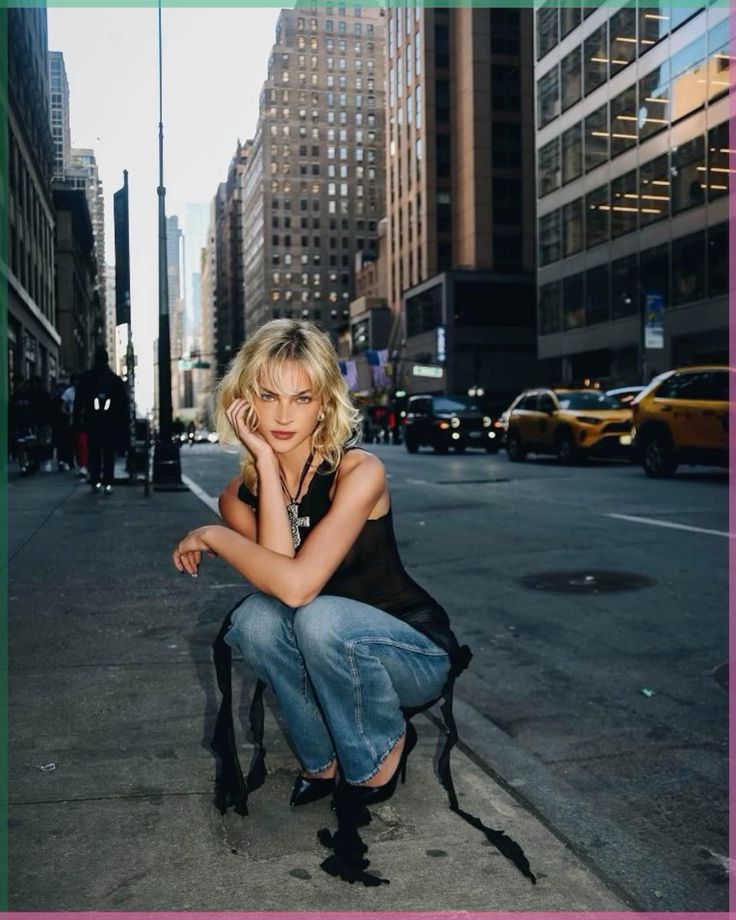

Understanding Street Photography
Street photography captures the spontaneity of everyday life in urban environments. It’s about finding and showcasing authenticity, while also adhering to ethical practices. Here’s a closer look at these critical components.
The Essence of Authenticity
Authenticity in street photography revolves around genuine moments that reflect real life. You aim to capture people in their natural state, often unaware of the lens focused on them. This can mean snapping portraits of strangers, candid situations, or the unique interactions that define a city.
To achieve authenticity:
- Be Observant: Watch for fleeting moments that express emotion or tell a story.
- Use Natural Light: Embrace the lighting conditions available, which can enhance realism.
- Avoid Staging: True authenticity emerges without orchestrating scenarios.
These approaches help you create images that resonate with viewers and convey the spirit of urban life.
Ethical Considerations
When pursuing street photography, ethical considerations are vital. Respecting the privacy and dignity of the subjects is key to maintaining integrity in your work.
Important points to consider include:
- Consent: While street photography often captures people without direct permission, it’s respectful to seek consent when possible, especially in close-up shots.
- Cultural Sensitivity: Be mindful of cultural differences regarding privacy and acceptance of being photographed.
- Distribution: Think about where and how you share your images. Commercial use or public sharing may necessitate obtaining releases.
Navigating these ethical avenues ensures your photography is respectful and thoughtful while capturing life’s candid moments.
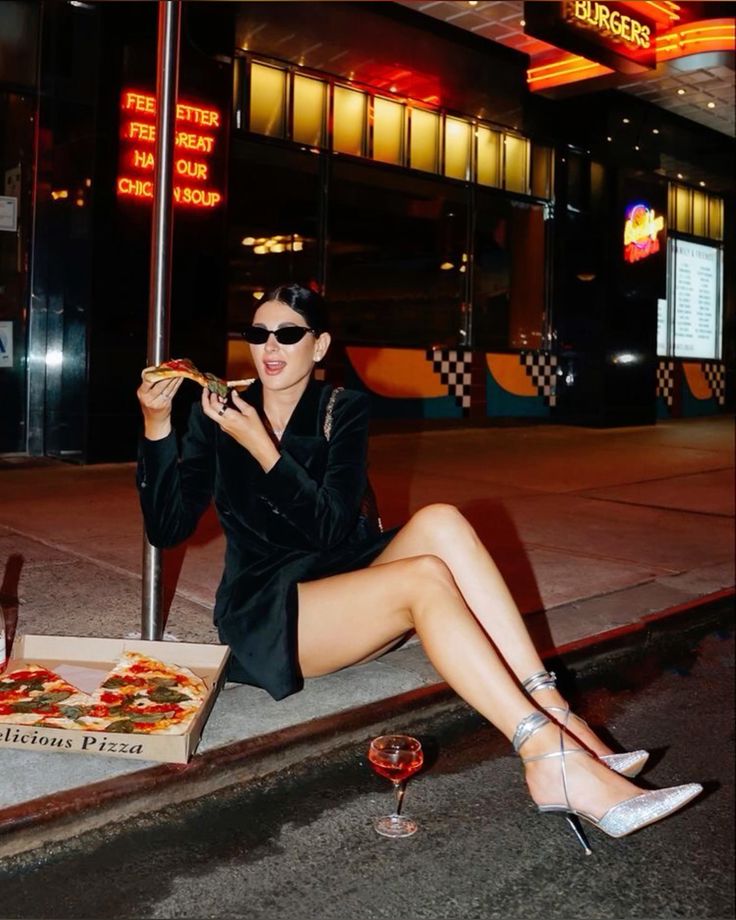
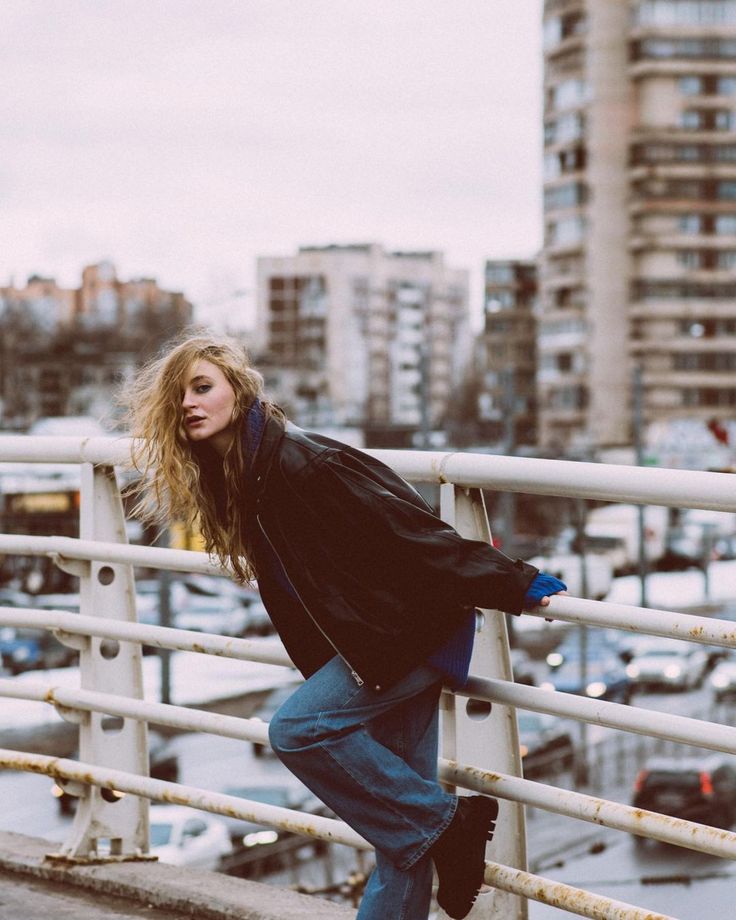
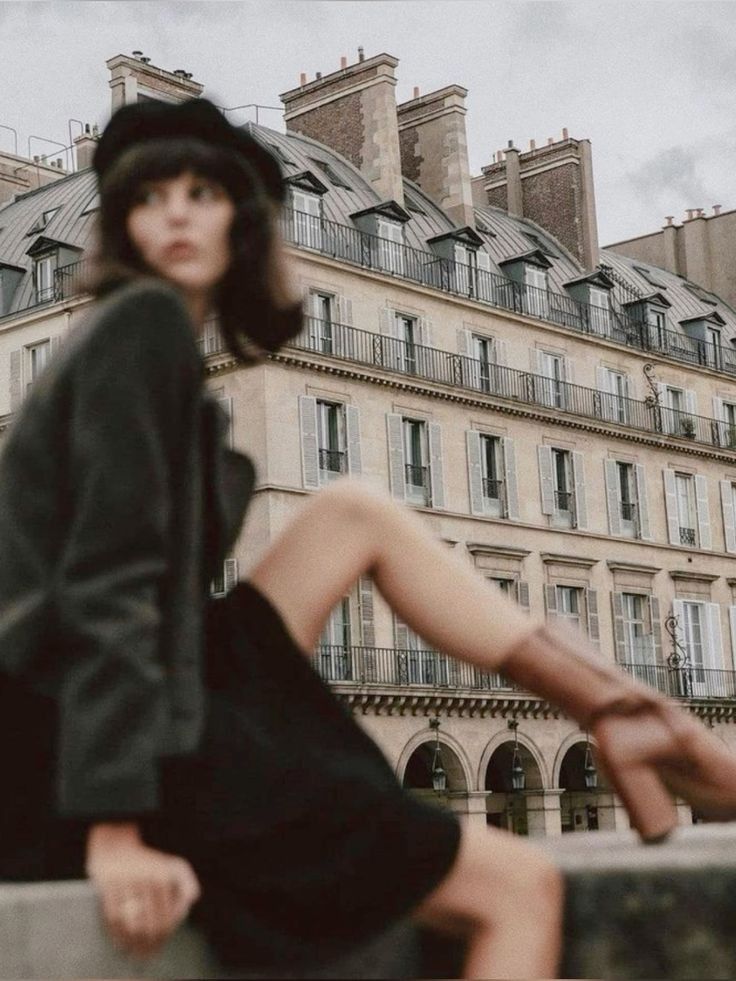
Techniques for Capturing Authenticity
Capturing the essence of city life hinges on your ability to harness spontaneity and utilize natural light effectively. These techniques will help you create compelling and authentic street photography that resonates with viewers.
Embracing Spontaneity
To capture authentic moments, always be ready for the unexpected. Street photography thrives on spontaneity, which means reacting quickly to your environment is crucial.
- Stay Alert: Keep your eyes peeled for unique interactions or movements. Look for unusual occurrences that tell a story.
- Candid Shots: Avoid staging scenes. Instead, capture people in their natural elements, engaging with their surroundings.
- Continuous Shooting Mode: Use your camera’s burst or continuous shooting mode to increase your chances of getting the perfect shot, especially in dynamic situations.
Being spontaneous requires practice. Develop a habit of exploring different locations and immersing yourself in the local atmosphere. This helps you anticipate moments worth capturing.
Utilizing Natural Light
Natural light plays a vital role in street photography, influencing mood, tone, and authenticity.
- Golden Hour: Shoot during the golden hour—shortly after sunrise or before sunset—for soft, warm light that enhances your images.
- Shadows and Highlights: Pay attention to how light interacts with your subjects. Strong contrasts can emphasize textures and details.
- Direction of Light: Position yourself in relation to the light source. Side lighting can create dramatic effects, while backlighting can produce silhouettes.
Experimenting with different lighting conditions will enhance your versatility. Don’t shy away from cloudy days; overcast skies offer diffused light that can soften harsh contrasts and bring out colors.
By fine-tuning your ability to embrace spontaneity and leverage natural light, you elevate the authenticity of your street photography.
- 888shares
- Facebook0
- Pinterest888
- Twitter0
- Reddit0
